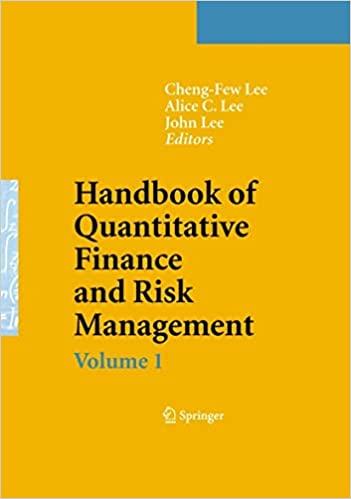Answered step by step
Verified Expert Solution
Question
1 Approved Answer
Required information [The following information applies to the questions displayed below.] A pension fund manager is considering three mutual funds. The first is a stock
Required information [The following information applies to the questions displayed below.] A pension fund manager is considering three mutual funds. The first is a stock fund, the second is a long-term government and corporate bond fund, and the third is a T-bill money market fund that yields a sure rate of 5.5%. The probability distributions of the risky funds are: Stock fund (S) Bond fund (B) The correlation between the fund returns is 0.10. Expected Return 17% 11% Standard deviation Suppose now that your portfolio must yield an expected return of 14% and be efficient, that is, on the best feasible CAL. Required: a. What is the standard deviation of your portfolio? (Do not round intermediate calculations. Round your answer to 2 decimal places.) % Standard Deviation 40% 31% b-1. What is the proportion invested in the T-bill fund? (Do not round intermediate calculations. Round your answer to 2 decimal places.) munne


Step by Step Solution
There are 3 Steps involved in it
Step: 1

Get Instant Access to Expert-Tailored Solutions
See step-by-step solutions with expert insights and AI powered tools for academic success
Step: 2

Step: 3

Ace Your Homework with AI
Get the answers you need in no time with our AI-driven, step-by-step assistance
Get Started


